When you pick up a prescription, you might see a bottle labeled with a familiar brand name-or maybe a plain one with no name at all. Both could be generics. But not all generics are the same. One type, called an authorized generic, is actually the exact same pill, capsule, or injection as the brand-name drug you’ve been prescribed-just without the brand logo on the label. The other, known as a traditional generic, is made by a different company and may look different, even if it works the same way. Understanding this difference matters because it affects what’s inside the bottle, how much you pay, and even how your insurance treats it.
What Exactly Is an Authorized Generic?
An authorized generic is not a copy. It’s the original brand-name drug, made by the same company, in the same factory, with the same ingredients, and the same manufacturing process. The only thing that changes is the label. No brand name. No fancy packaging. Sometimes it’s even sold in plain white bottles. The FDA defines it clearly: an authorized generic is a listed drug that was originally approved under a New Drug Application (NDA) and is now being sold without the brand name. That’s it.
For example, if you take the brand-name drug Lipitor (atorvastatin), the authorized generic version is chemically and physically identical. Same active ingredient. Same inactive ingredients. Same size, shape, color, and how it dissolves in your body. The only difference? The bottle says "Atorvastatin Calcium Tablets" instead of "Lipitor."
This isn’t a loophole. It’s part of U.S. drug law. The Hatch-Waxman Act of 1984 created the system for traditional generics, but it didn’t stop brand companies from making their own generic versions. In fact, the FDA requires the brand manufacturer to notify them when they start selling an authorized generic-but they don’t need to run new tests or prove it works. Why? Because it’s the same drug. No bioequivalence studies needed. No extra approval. Just a label change.
How Traditional Generics Are Different
Traditional generics, the kind you see most often at your pharmacy, are made by other companies. They don’t use the brand’s formula. They create their own version that must meet FDA standards. That means they must have the same active ingredient, strength, dosage form, and route of administration as the brand-name drug. But here’s the catch: they can use different inactive ingredients. That includes fillers, dyes, preservatives, and coatings.
These differences might sound small, but they matter. Some people report side effects or changes in how a medication works when switching from brand to traditional generic-often because of these inactive ingredients. For example, a dye in a generic version might trigger a reaction in someone with a sensitivity. Or a different coating might change how fast the pill breaks down in your stomach.
Traditional generics must prove they work the same way through a process called bioequivalence testing. They need to show that the drug gets into your bloodstream at the same rate and in the same amount as the brand. This takes time, money, and clinical data. And once approved, they get listed in the FDA’s Orange Book-a public database of approved drugs and their therapeutic equivalence ratings.
Authorized generics? They’re not in the Orange Book. Because they’re not a separate application. They’re the brand drug under a different label.
Why Authorized Generics Exist
Brand-name drug companies don’t make authorized generics out of kindness. It’s a business move. When a brand’s patent expires, a traditional generic can enter the market and undercut the price. But if the brand company launches its own generic version at the same time, it can capture a big chunk of the market before competitors even get started.
This strategy has been used for years. In fact, about 65% of the top 50 brand-name drugs in the U.S. launched an authorized generic within six months of patent expiration between 2018 and 2022. Companies like Greenstone (a Pfizer subsidiary), Prasco Laboratories, and Patriot Pharmaceuticals specialize in this. Together, they make up nearly 80% of all authorized generics sold in the U.S.
But there’s controversy. Critics say this practice hurts competition. The first company to file a generic application gets 180 days of exclusive rights to sell their version. But if the brand company releases an authorized generic at the same time, that exclusivity loses its value. A 2022 Health Affairs study found that in 38.5% of cases, authorized generics were launched on the same day as the first traditional generic-effectively shutting out the challenger.
Some lawmakers are paying attention. In 2022, Congress ordered the FDA to study how authorized generics affect drug competition. Findings are due by the end of 2024. Until then, the practice continues-and so does the debate.
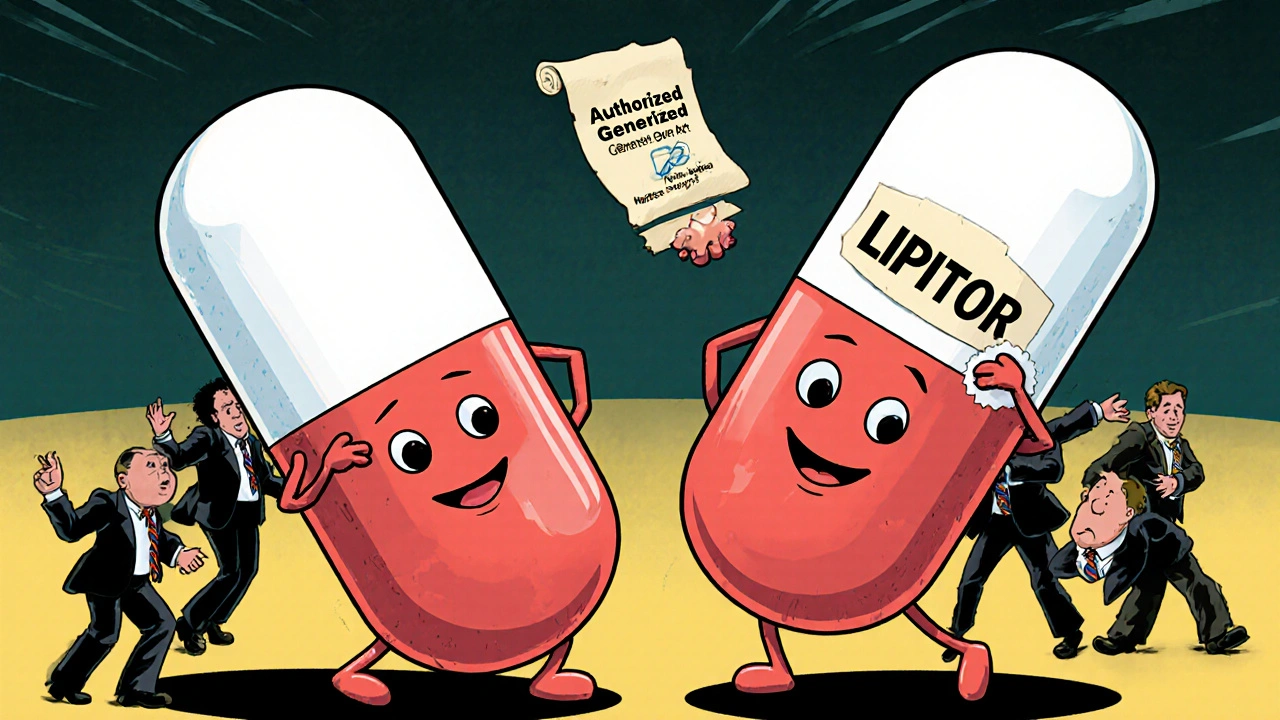
What This Means for You as a Patient
If you’re paying out of pocket, an authorized generic often costs less than the brand name-sometimes 15% to 30% cheaper. But it’s not always cheaper than a traditional generic. In some cases, they’re priced the same. The real advantage? Consistency.
Patients who’ve had bad experiences with traditional generics-like unexpected side effects, changes in how they feel, or inconsistent results-often prefer authorized generics. A 2022 survey by the National Community Pharmacists Association found that 67% of independent pharmacists reported patients specifically asking for authorized generics when available. Why? Because they know it’s the exact same drug they were prescribed.
But here’s the problem: most people can’t tell the difference. A GoodRx survey found that 78% of patients couldn’t tell an authorized generic apart from a traditional one just by looking at the bottle. That’s not surprising. Both look similar. Both say "generic" somewhere on the label. Unless you’re told, you might never know.
And insurance? That’s where things get messy. Some pharmacy benefit managers (PBMs) treat authorized generics as brand-name drugs. That means higher copays-even though the drug is identical. You might be paying $50 for an authorized generic while a traditional generic costs $10. That’s not a mistake. It’s a policy. You have to ask your pharmacist or check your plan’s formulary to find out how your insurer classifies it.
How to Spot an Authorized Generic
There’s no universal symbol or code. But there are ways to find out.
- Ask your pharmacist: "Is this an authorized generic?" They can check the manufacturer and compare it to the brand’s NDA.
- Look at the manufacturer name on the bottle. If it’s the same company that makes the brand-name drug-or one of its subsidiaries like Greenstone or Prasco-it’s likely an authorized generic.
- Check the FDA’s List of Authorized Generic Drugs. It’s updated monthly and lists every authorized generic approved in the U.S. as of September 2023, there were 1,872 products across 467 active ingredients.
- Compare the pill imprint and color to the brand. If it’s identical, it’s probably an authorized generic. Traditional generics often look different.
Pharmacists are your best resource. They can tell you if what you’re getting is an authorized generic, a traditional generic, or the brand. And if you’re unsure, ask for the manufacturer’s name. It’s your right to know.
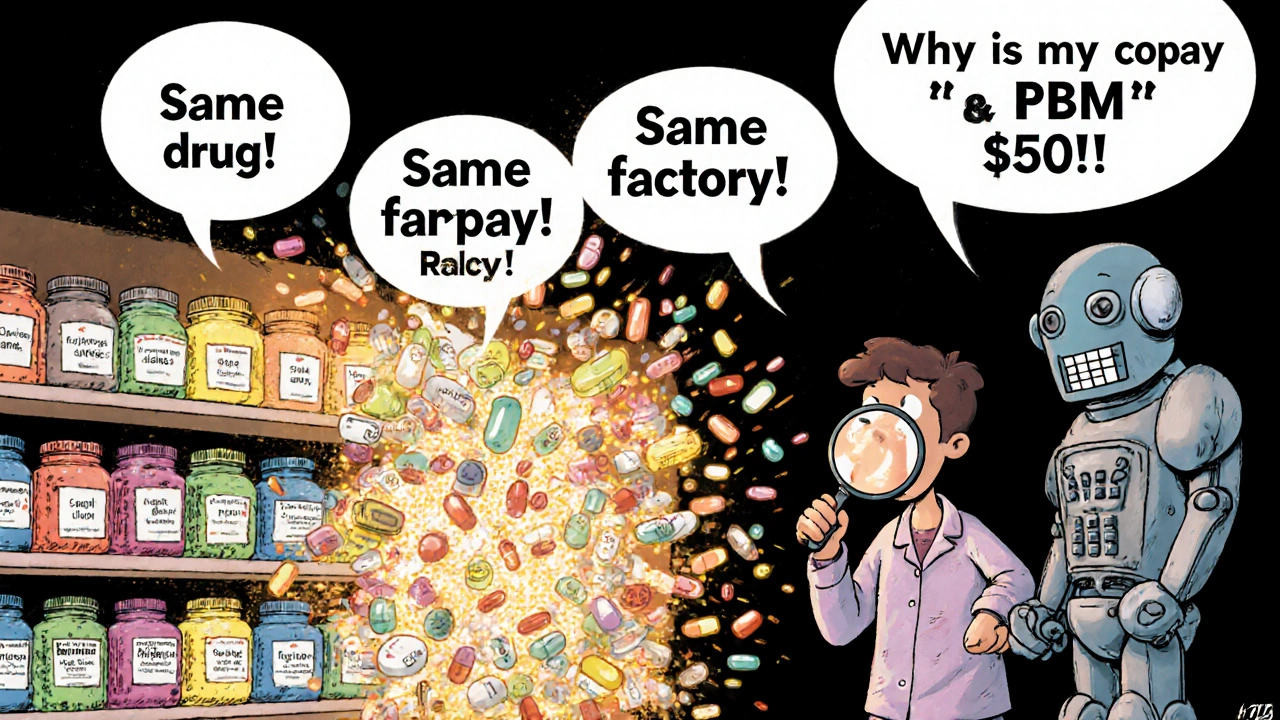
What You Should Do Next
If you’re on a long-term medication and cost is a concern, don’t just accept whatever generic your pharmacy gives you. Ask:
- Is there an authorized generic version available?
- Is it covered by my insurance at the same rate as other generics?
- Can I switch to it without losing effectiveness or causing side effects?
Some conditions-like epilepsy, thyroid disorders, or blood thinners-are especially sensitive to small changes in drug formulation. For these, many doctors and patients prefer authorized generics because they eliminate uncertainty.
If you’ve ever felt like a generic didn’t work the same way as your brand, you’re not imagining it. The difference might be in the inactive ingredients. Switching to an authorized generic could solve that problem.
And if you’re paying more than you should? Talk to your pharmacist about appealing your insurance coverage. Sometimes, a simple call to your plan’s customer service can get your copay lowered-especially if you prove the drug is identical to the brand.
Final Thoughts
Authorized generics aren’t magic. They’re not new. But they’re underused and misunderstood. They offer a rare win-win: lower prices without compromise. You get the exact same drug you were prescribed-just without the brand name. For patients who need stability, consistency, and confidence in their medication, they’re often the best choice.
The system isn’t perfect. Companies use them to protect profits. Insurers sometimes treat them unfairly. And most patients don’t even know they exist. But now you do. The next time you get a prescription filled, ask. It could save you money-and maybe even your health.
Are authorized generics the same as brand-name drugs?
Yes. Authorized generics are identical to their brand-name counterparts in every way-active ingredients, inactive ingredients, dosage, strength, and how the drug works in your body. The only difference is the label and packaging. They’re made by the same company, in the same factory, using the same process. The FDA confirms they are therapeutically equivalent.
Are authorized generics cheaper than traditional generics?
Not always. Authorized generics are usually cheaper than the brand-name version-often by 15% to 30%. But traditional generics can be even cheaper, especially if multiple companies are competing to make them. Sometimes, authorized generics are priced the same as traditional ones. It depends on the drug, the market, and your insurance.
Why aren’t authorized generics listed in the FDA’s Orange Book?
Because they’re not approved under a separate Abbreviated New Drug Application (ANDA). The Orange Book only lists drugs approved through the ANDA process. Authorized generics are sold under the original brand’s New Drug Application (NDA), so they’re not included. That’s why pharmacists need to check the FDA’s separate List of Authorized Generic Drugs to verify them.
Can I trust an authorized generic as much as the brand name?
Absolutely. Since it’s the exact same drug, made by the same company, under the same quality controls, there’s no reason to doubt its safety or effectiveness. Many patients who’ve had issues with traditional generics-like side effects from different fillers or inconsistent results-switch to authorized generics and notice a difference.
Why does my insurance charge me more for an authorized generic?
Some pharmacy benefit managers (PBMs) classify authorized generics as brand-name drugs because they’re made by the same company. That means higher copays, even though the drug is identical. This isn’t a mistake-it’s a policy. You can appeal by asking your pharmacist to submit a request to your insurer, showing that the drug is the same as the brand. Many times, they’ll adjust your copay.
How do I know if my prescription is an authorized generic?
Check the manufacturer name on the bottle. If it’s the same as the brand (e.g., Pfizer for Lipitor) or one of its subsidiaries like Greenstone or Prasco, it’s likely an authorized generic. You can also ask your pharmacist directly or check the FDA’s online list of authorized generics. If the pill looks identical to the brand in color, shape, and imprint, that’s another strong clue.
Do authorized generics have the same side effects as the brand?
Yes. Since they contain the exact same active and inactive ingredients, the side effect profile is identical. If you’ve experienced side effects with the brand-name drug, you’ll likely experience the same ones with the authorized generic. That’s also why they’re often preferred by patients who had bad reactions to traditional generics-because those reactions were caused by different fillers or coatings, not the active drug.
Authorized generics aren’t the whole story of generic drugs-but they’re an important part. For many people, they’re the missing link between high-cost brand drugs and uncertain generics. Knowing how to identify them and ask for them can make a real difference in your health and your wallet.

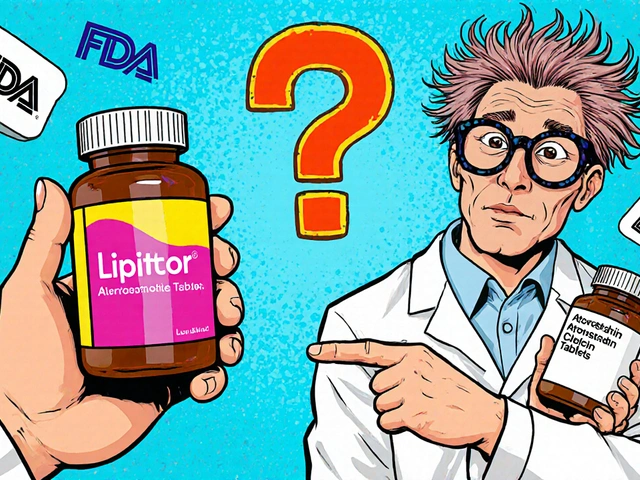
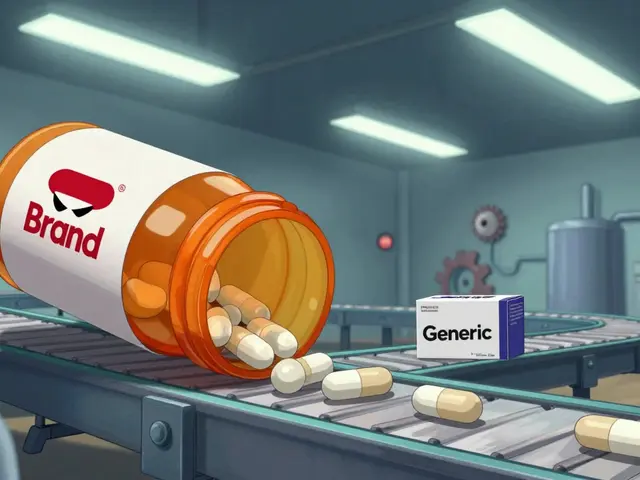
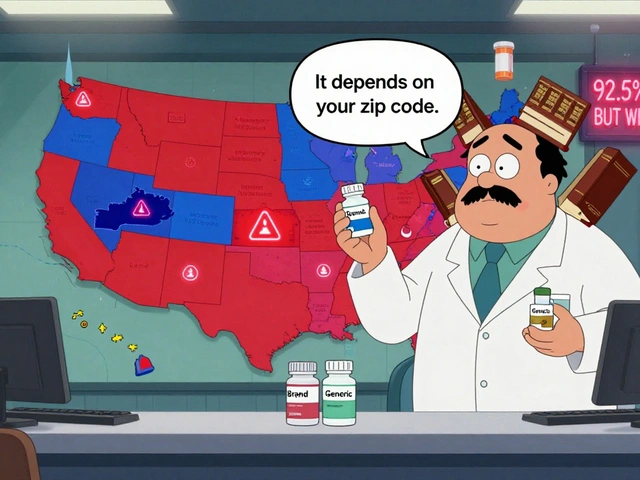
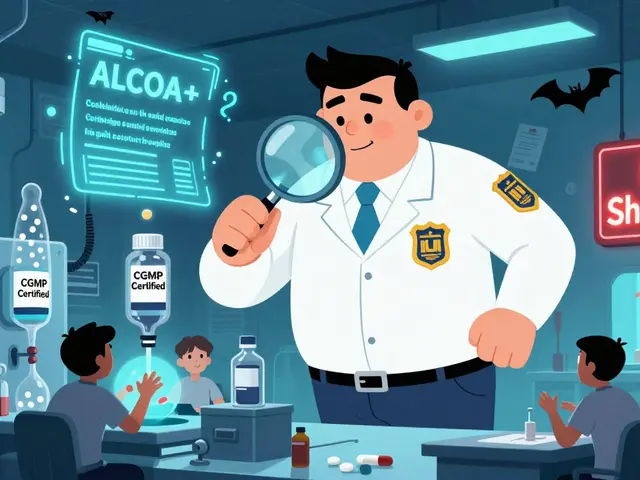

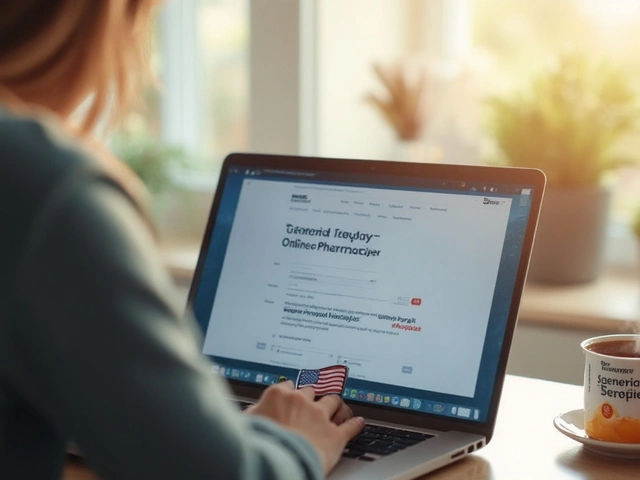
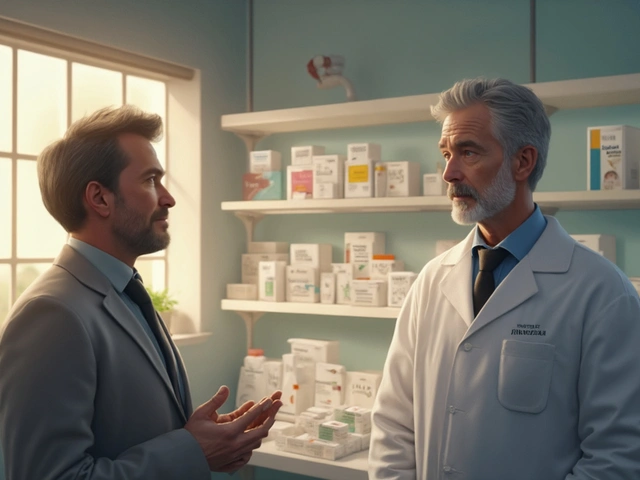
Ryan C
November 26, 2025 AT 20:54Authorized generics are literally the exact same pill - same factory, same ingredients, same everything. 🤯 The only difference? No brand logo. It’s not a loophole - it’s the FDA being reasonable. If you’re paying more for a traditional generic that’s chemically identical, you’re being scammed. 📉
Dan Rua
November 28, 2025 AT 07:58That’s actually really helpful. I had no idea my Lipitor was an authorized generic until last month. My copay dropped from $45 to $12. I just asked my pharmacist - they were super helpful. 😊
Mqondisi Gumede
November 29, 2025 AT 15:36Who cares if it's the same pill? Big Pharma makes these so they can still make money after the patent dies. You think this is about patients? Nah. It's about control. The FDA is just a rubber stamp. The system is rigged. You think you're saving money? You're just paying the same company under a different name. Capitalism is a scam. 🇿🇦
Douglas Fisher
November 29, 2025 AT 18:35Wow, this is so important… I had no idea… I mean, I’ve been on statins for years, and I never thought to ask… I just assumed all generics were the same… I feel kind of dumb now… but also… grateful? Like, thank you for explaining this so clearly… I’m going to call my pharmacy tomorrow… I really am…
Albert Guasch
November 30, 2025 AT 10:54It is imperative to recognize that authorized generics represent a uniquely efficacious mechanism for cost containment within the pharmaceutical supply chain. The absence of redundant bioequivalence testing, coupled with identical pharmacokinetic profiles, renders them therapeutically indistinguishable from originator products. Consequently, patient adherence and clinical outcomes are optimized without economic compromise. A prudent healthcare consumer ought to proactively request such formulations.
Ginger Henderson
December 1, 2025 AT 02:13Okay but why do we even need to know this? Like, if it works, it works. Why stress over a label? 🤷♀️
Bethany Buckley
December 3, 2025 AT 00:11It’s fascinating how the epistemology of pharmaceutical regulation is mediated by corporate taxonomy - the NDA/ANDA dichotomy isn’t a scientific distinction, it’s a legal fiction engineered to preserve rent-seeking behavior under the guise of market competition. The FDA’s list? A performative transparency gesture. We’re all just consumers in a spectacle of branded authenticity. 🌌💊
Stephanie Deschenes
December 4, 2025 AT 03:38If you’re on a medication where consistency matters - like thyroid meds, seizure drugs, or blood thinners - always ask for the authorized generic. It’s the safest bet. I’ve seen patients have real issues with traditional generics because of fillers. Your pharmacist can check the manufacturer code. Just ask. You’ve got nothing to lose.